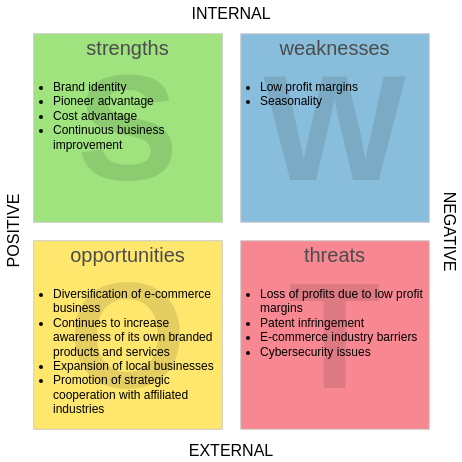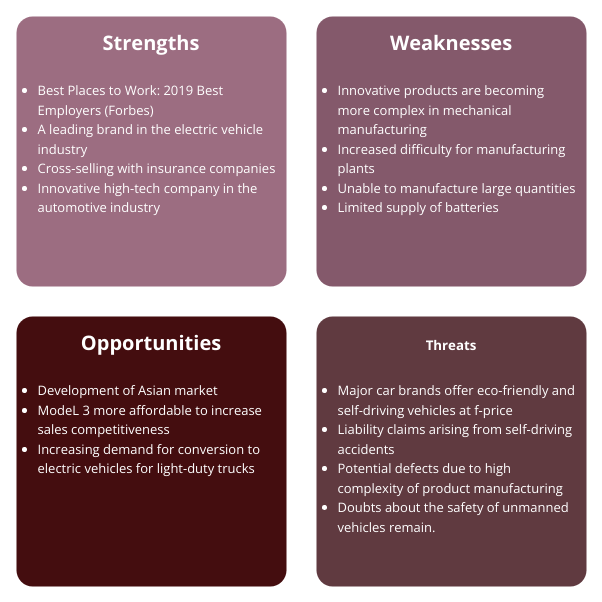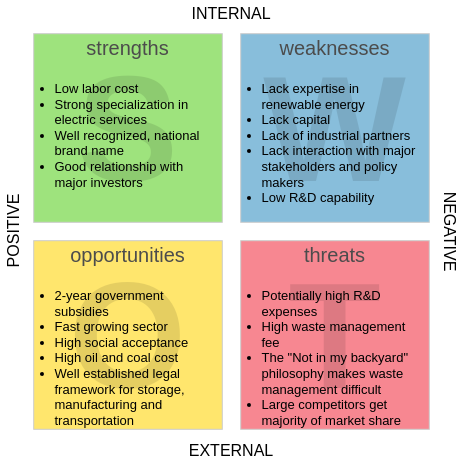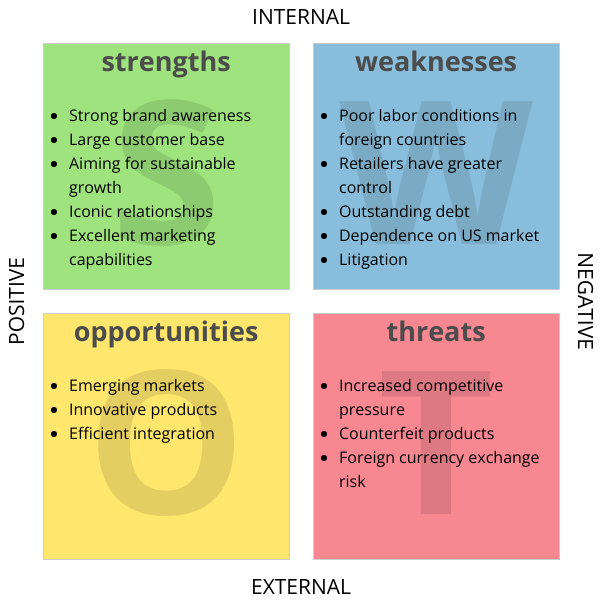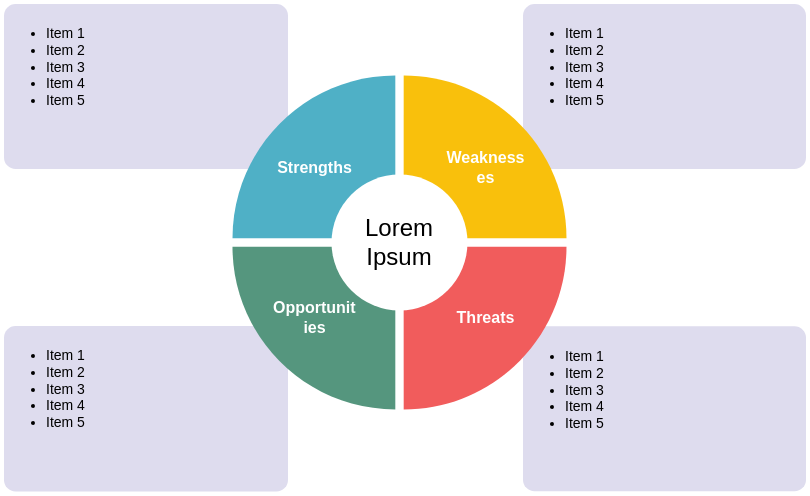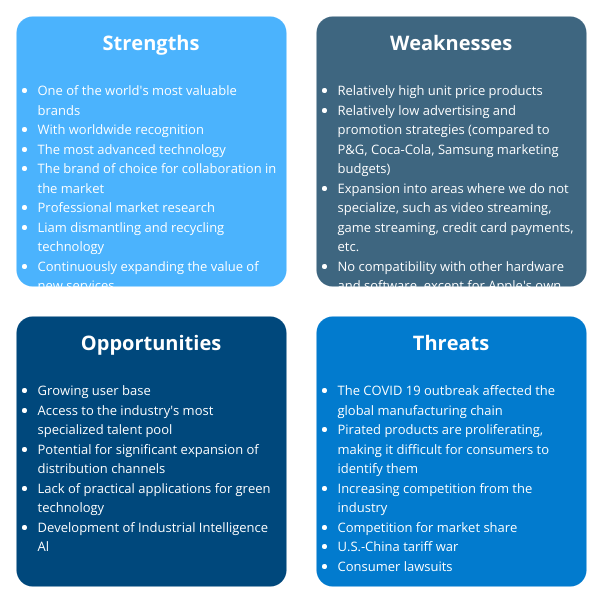Introduction
McDonald’s Corporation, founded in 1940, has grown to become one of the largest and most recognizable fast-food chains in the world. With over 38,000 locations in more than 100 countries, McDonald’s has established a dominant presence in the global food service industry. This case study explores McDonald’s business strategies, market challenges, and future opportunities.
Background
Originally a small hamburger stand in San Bernardino, California, McDonald’s was transformed into a franchise model by Ray Kroc in 1955. The brand is known for its iconic menu items, including the Big Mac, Quarter Pounder, and Chicken McNuggets. McDonald’s success can be attributed to its commitment to quality, consistency, and innovation.
Business Strategies
- Franchise Model
McDonald’s primarily operates through a franchise model, which allows for rapid expansion with lower capital investment. Franchisees pay initial fees and ongoing royalties, creating a steady revenue stream for the corporation. - Menu Innovation
McDonald’s continuously adapts its menu to local tastes and preferences. The introduction of healthier options, seasonal items, and region-specific offerings has helped the brand remain relevant in diverse markets. - Marketing and Branding
The company invests heavily in marketing, utilizing global campaigns while also tailoring messages to local audiences. Iconic branding elements, such as the Golden Arches and Ronald McDonald, have solidified its presence in popular culture. - Technology Integration
McDonald’s has embraced technology to enhance customer experience. Initiatives include self-service kiosks, mobile ordering, and delivery partnerships with services like Uber Eats and DoorDash.
Market Challenges
- Health Trends
Growing consumer awareness of health and nutrition has led to a decline in demand for traditional fast food. McDonald’s has faced criticism for its high-calorie offerings and is working to improve its image by introducing healthier menu options. - Intense Competition
The fast-food industry is highly competitive, with numerous players vying for market share. Competitors like Burger King, Wendy’s, and newer entrants like Chipotle and local chains present ongoing challenges. - Economic Factors
Economic downturns and fluctuating commodity prices can impact profitability. McDonald’s must navigate these challenges while maintaining affordable pricing for its customers.
Opportunities for Growth
- Expansion in Emerging Markets
There is significant growth potential in emerging markets, where rising disposable incomes and changing consumer habits present opportunities for McDonald’s to expand its footprint. - Sustainability Initiatives
As consumers increasingly prioritize sustainability, McDonald’s has the opportunity to enhance its corporate social responsibility efforts. Initiatives like reducing plastic use, sourcing sustainable ingredients, and promoting environmentally friendly practices can improve brand perception. - Digital Transformation
Continued investment in digital platforms can enhance customer engagement and streamline operations. Expanding loyalty programs and personalized marketing through data analytics could drive sales growth.
How to Interpret It
SWOT Analysis Breakdown
- Strengths: McDonald’s strong franchise model, consistent branding, and menu adaptability highlight its competitive advantages.
- Weaknesses: The company must address health concerns and improve its image related to nutrition to attract health-conscious consumers.
- Opportunities: Emerging markets and sustainability initiatives present avenues for growth that McDonald’s can capitalize on.
- Threats: Intense competition and economic fluctuations pose risks that need to be managed.
Action and Implementation
- Enhance Menu Healthiness:
- Introduce more healthy options and transparently communicate nutritional information.
- Partner with nutrition experts to develop balanced meal options.
- Expand in Emerging Markets:
- Conduct market research to identify high-potential regions.
- Tailor marketing strategies and menu offerings to local tastes and preferences.
- Strengthen Sustainability Efforts:
- Set measurable goals for reducing plastic use and sourcing sustainable ingredients.
- Promote sustainability initiatives in marketing campaigns to improve brand perception.
- Leverage Technology:
- Expand digital ordering and delivery services to enhance customer convenience.
- Implement data analytics for personalized marketing and loyalty programs to increase customer retention.
- Monitor Competitive Landscape:
- Regularly conduct market analysis to stay ahead of competitors.
- Adapt strategies based on competitor movements and consumer trends.
By implementing these actions, McDonald’s can effectively navigate challenges and leverage opportunities, ensuring continued success in the competitive fast-food industry.
Conclusion
This case study on McDonald’s Corporation is designed solely for educational purposes to illustrate the application of SWOT analysis as a strategic planning tool. It aims to provide a clear framework for understanding how businesses can assess their internal strengths and weaknesses, as well as external opportunities and threats. McDonald’s Corporation remains a leader in the global fast-food industry, thanks to its innovative strategies and strong brand presence. However, the company faces significant challenges from health trends, competition, and economic pressures. By focusing on menu innovation, embracing technology, and pursuing sustainability initiatives, McDonald’s can continue to adapt to changing consumer preferences and secure its position for future growth. The ability to navigate these challenges effectively will be crucial for McDonald’s ongoing success in a dynamic market.
The primary goal is to educate readers on how to conduct a SWOT analysis effectively. By examining a well-known brand like McDonald’s, learners can better understand how to identify and evaluate strategic factors that affect an organization. This case study encourages critical thinking and application of the SWOT model, promoting a practical understanding of strategic planning. In summary, this case study is a focused educational tool intended to aid in the learning of SWOT analysis, offering a foundational understanding without attempting to provide a comprehensive overview of McDonald’s entire business landscape.
